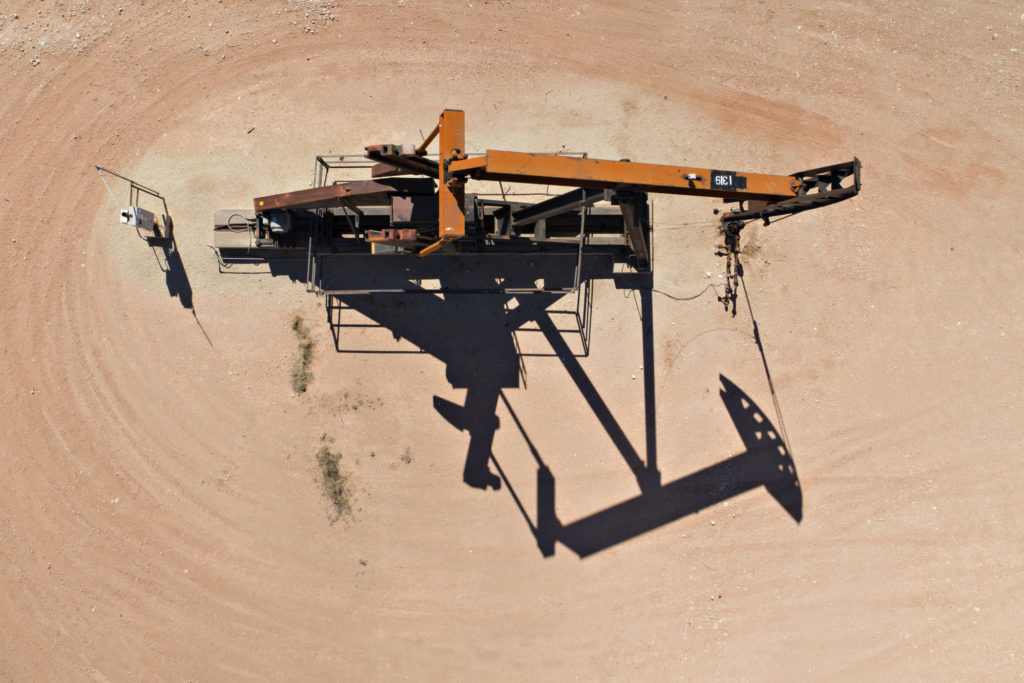
Both Texas and the nation are producing more oil than nearly ever, but they’re doing so with far fewer workers and drilling rigs.
Texas is producing more oil now than at any point in 2014 when oil was last priced above $100 a barrel, and the industry is doing so with more than 25 percent fewer people and almost half the rigs, according to the Texas Petro Index calculated by economist Karr Ingham.
Today’s rigs are more automated and each of them are able to drill more wells from single locations, as well as produce more oil per well by drilling longer horizontal laterals and using hydraulic fracturing, called fracking, to unlock the petroleum from shale rocks.
“The implications are striking: record crude oil and natural gas production at significantly lower prices, rig counts, and number of industry workers,” Ingham said. “It means that fewer employees are needed to produce more crude oil in Texas and the U.S. than has ever been produced.”
Ingham’s index estimates the upstream oil and gas industry employs about 215,500 people in Texas. That’s higher than 189,400 people a year ago, but well below the nearly 300,000 workers at the end of 2014.
Likewise, the U.S. oil rig count is down 50 percent from its peak of 1,609 in October 2014, before oil prices began plummeting.
However, Ingham estimates Texas produced 110.5 million barrels of oil in February, which is higher than the 2014 monthly peak of 109.5 barrels, according to the Railroad Commission of Texas.
Recommended for you
